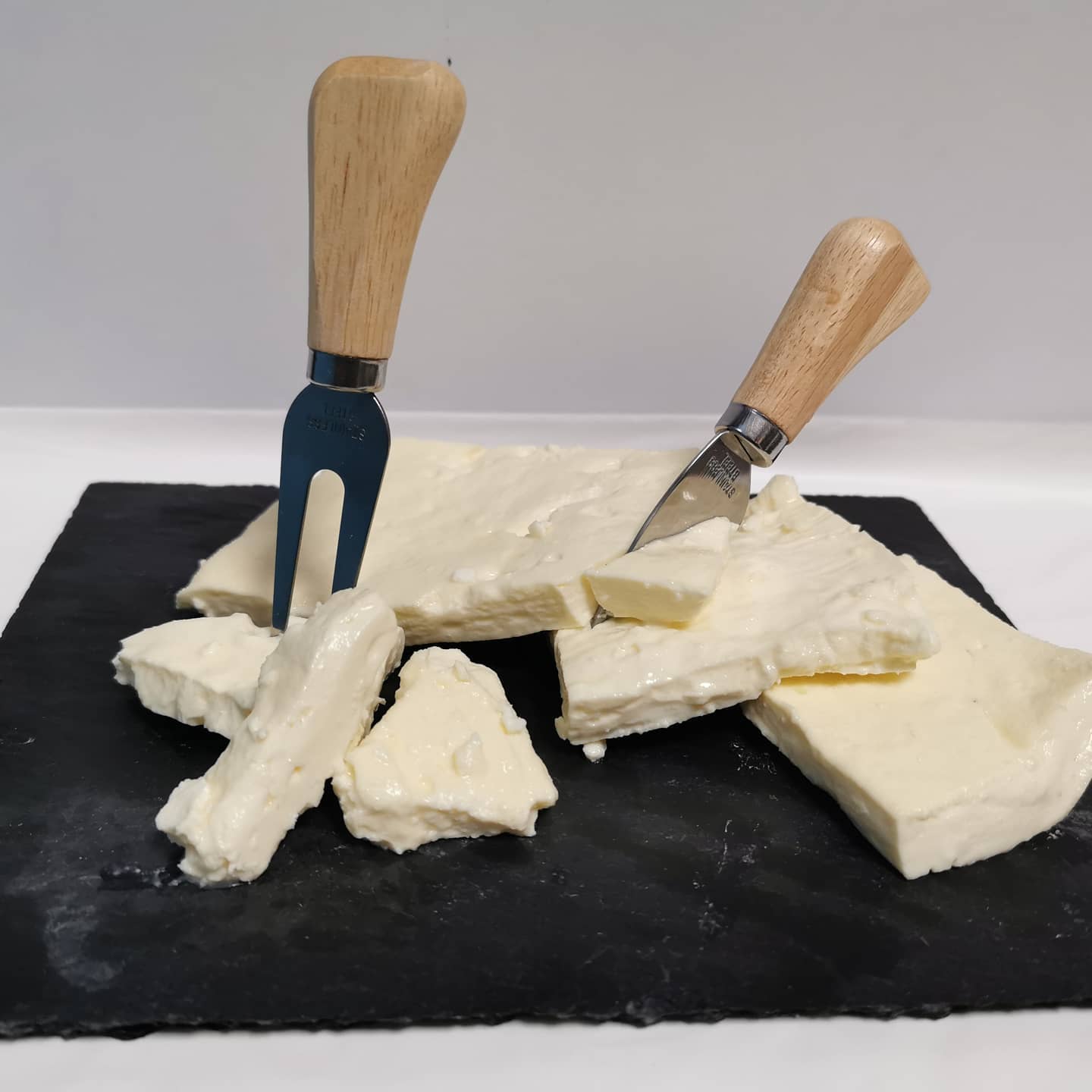Cheese Making in Serbia, and Four Famous Examples

Serbia is a land gifted with numerous natural resources, and agricultural land is one of them. As you pass through the country, you’ll see a variety of landscapes. The North is characterized by a fertile valley that is part of the Pannonian Basin. The South has a mountainous terrain that is part of the Carpathian Mountain range and Dinaric Alps.
Its geographical setting means Serbian farmers can grow most fruits and vegetables and rear farm animals accustomed to European climates. So too cheese production. Besides cow’s milk, traditional cheeses are also made with goat, sheep, and even donkey milk.
We should also note that soft and semi-soft cheeses are very prevalent in Serbia. While they offer a shorter shelf life and often a milder taste, they have a creamy texture and fresh aroma.
For true gastronomy fans, if you want to taste the authentic cheese delights from Serbia, you should source cheeses made by local producers that have access to grazing farm animals. These cheeses will give you the full richness of the wild flowers and herbs that grow in the fields and mountains across the country.
Without further delay, let us see the cheeses on offer.
1. Zlatarski Cheese

This cheese carries all the best that Serbian mountains can give to cow’s milk. It originates from the Zlatar mountains and is made from raw milk, and does not have a rind.
The fact that the milk is not pasteurized helps the cheese retain its unique aroma. This is a young and semi-hard cheese, white in color, and is often served cut in thick slices.
This cheese is regularly eaten together with bread, vegetables, and various cured and smoked meats. It is a staple for breakfast in most Serbian homes, but it can also be served as part of a tapas.
Finally, if you find it is starting to age and you haven’t eaten it all, you can make a pone with it.
2. Miročki Cheese

Miročki cheese is similar to the famous halloumi. This is a full-fat cheese that is typically made from cow’s milk, though it can sometimes be made with a mixture of cow’s and goat’s or sheep’s milk. The cheese has a semi-hard texture and is sweet tasting.
After being formed, the cheese is cooked for a little while in its whey and is then left in brine for two days. This treatment makes it especially suited for grilling. Placing it on a grill or open flame will give this cheese a crunchy outer surface without melting the inside.
Because it has a sweet flavor, this cheese goes well with fruits or cherry tomatoes. However, it’s as tasty with grilled meat and spring onions.
3. Pirotski Kačkavalj

Pirotski refers to the city of Pirot, where the cheese was traditionally made. Kačkavalj is a type of semi-soft yellow cheese. It is spun cheese that is made by hand in the region around Stara Planina (Old Mountain). The cheese is now made from cow’s milk, although it was traditionally made from milk from two types of sheep.
Unpasteurized milk is used and it is hand-spun. After being formed, it is boiled in special woven baskets. The result is a tangy yellow cheese with a smooth surface. You can eat it by itself or with other food, but you can also use it for cooking and even pasta.
4. Pule

Last on our list is definitely not the least important. Pule is considered the world’s most expensive cheese and originated from the special nature reserve of Zasavica.
The cheese is expensive because it is made from 60% donkey and 40% goat’s milk, and to produce one kilogram of cheese takes 25 liters of milk. However, donkeys produce only 1 to 1,5 liters of milk daily, and they have to be milked three times a day. Therefore, a lot of effort goes into making this cheese, which plays into its price.
Besides the unique taste, donkey milk is known to have anti-allergenic properties, which is why the cheese is recommended as an alternative treatment for allergies. And not only that; the cheese has only 1% milk fat.
All of these factors contribute to the price of Pule cheese. Currently, the standard is around 1,000 euros per kilogram. However, you can also find it reaching prices up to 5,000 euros.
Related: Most Popular Serbian Foods
Related: Most Popular Serbian Desserts


